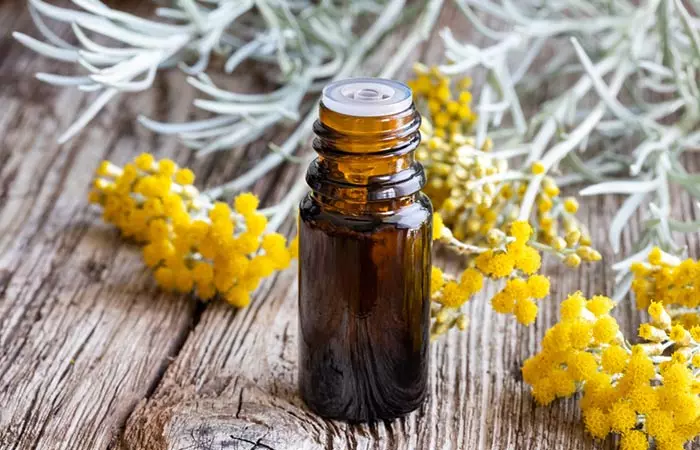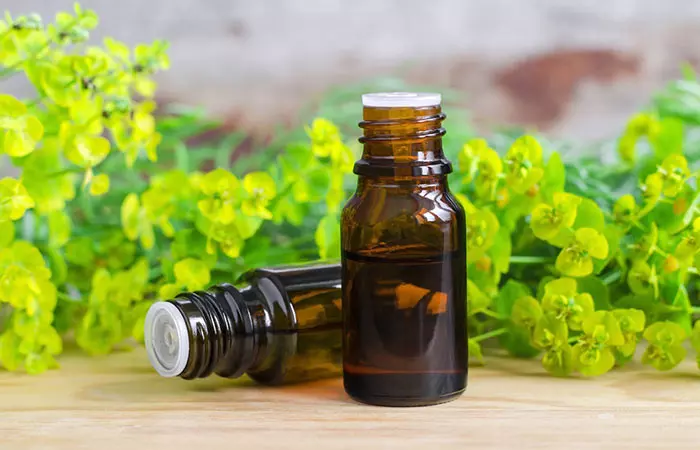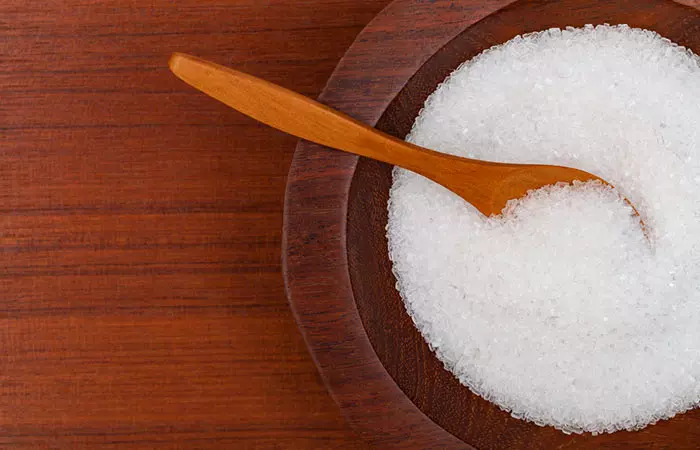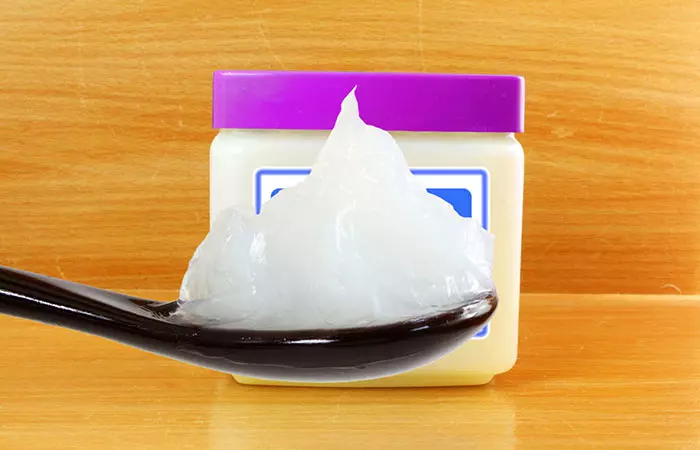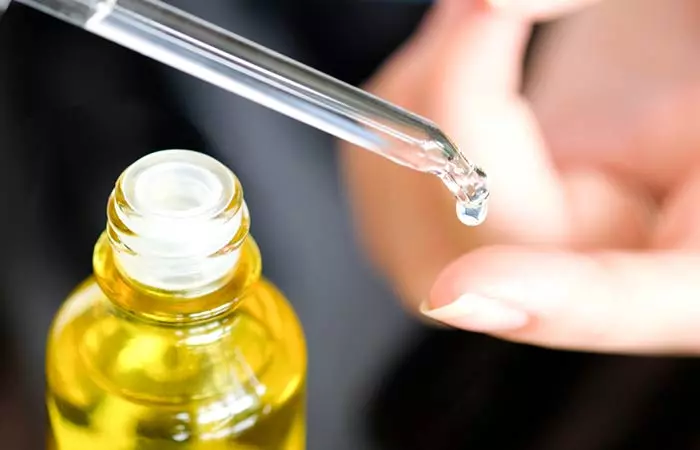What Is Frostbite?
Exposing your body to temperatures below the freezing point of your skin can freeze your tissues, causing frostbite. Anyone is susceptible to this condition, including those living in cold climates. Your extremities like your ears, nose, hands, toes, and feet are the most vulnerable to frostbite. Frostbites can either be superficial or deep. Superficial frostbites occur on the surface and are comparatively less severe than deep frostbites. A frostbite injury can be serious if not treated on time. According to the National Inpatient Sample (2016-2018), the overall incidence of frostbite injury in the United States is 0.83 for every 100,000 people. The data also indicates that disability from amputation due to frostbite injury affects at least 20% of frostbite-injured patients.
Stages Of Frostbites
There are several stages of frostbite.
Frostnipi A mild frostbite that is characterized by a change of color and a cold sensation followed by numbness in parts of the body.
This is the first stage of frostbite, where your skin turns pale or red and very cold. Prolonged exposure to low temperatures can cause pain and a tingling sensation with no permanent damage.
Superficial Frostbite
You know your frostbite is proceeding to the second stage if it first appears as reddened skin that turns pale or white. Although your skin may remain soft, you will start noticing the formation of ice crystals in your tissues.
Severe (Deep) Frostbite
As the frostbite progresses, it affects all your skin layers, including the deep tissues. You will experience pain, numbness, and sensations of cold. The following are some of the common signs and symptoms associated with the superficial and deep frostbite.
Signs And Symptoms Of Frostbite
If you are suffering from superficial frostbite, you may experience:
Numbness Chilblains or itchy skin sores on the skin Tingling Itching Cold sensations in the affected area
Greg Benedis-Grab, a blogger, wrote about how he developed frostbite due to a bad mountain hiking experience. He said, “As my shoes thawed out I experienced unusual sensations with each stepMy pinky toes were a bluish color, irritated, and quite numb. I clearly had the early stages of frostbite (i).” Also, your skin may appear white or frozen. Deep frostbite, on the other end, may result in:
An initial decrease in sensation that may be completely lost over time Swelling Blood-filled blistering Skin turning yellow or white with a waxy appearance Significant pain when the area is rewarmed Skin looking dead or turning black
Naveen Mallesh, a mountaineer and lifestyle blogger, wrote about experiencing frostbite during his Mt. Manaslu climb. He said, “While getting ready I just removed my socks and had a look at my feet and saw a light blackish tone and this was the first sign of frostbite (ii).” When exposed to an extremely cold climate, your body undergoes changes to keep you alive. Frostbite is a result of such changes.
Causes And Risk Factors For Frostbites
The most common causes of frostbite are:
Constrictioni A feeling of tightness caused by the narrowing of blood vessels due to psychological, medical and environmental conditions. of blood vessels (your body signals blood flow to vital organs) As the temperature drops, your blood vessels get dilated for a short period before constricting again. But when your body temperature drops below 98.6°F, your blood vessels constrict permanently to prevent cold blood from returning to your internal organs. Such a scenario indicates the beginning of frostbite.
Frostbite is caused in two ways:
Cell death at the time of exposure to cold Further cell death and deterioration due to lack of oxygen
Some factors that may increase frostbite risk include:
Medical conditions like dehydration, diabetes, exhaustion, and Reynaud’s phenomenon poor blood flow that impair your response to low temperatures Alcohol/drug abuse Smoking Stress, anxiety, depression, or other mental illnesses A history of frostbite or cold injury Age – older adults and infants are at a higher risk of developing frostbite. Being at a high altitude, which reduces the oxygen supply to your skin.
According to an analysis published in CMAJ Open about the 22 frostbite cases reported at Whitehorse General Hospital, Whitehorse, Yukon Territory, Canada, between Feb. 9, 2015, and Feb. 8, 2020, it was found that 86% of the cases occurred at a temperature of −21°C or colder. Most cases occurred between −21°C and −30°C. Also, there was no significant correlation between the duration of cold exposure and frostbite severity. Check out the graph below to understand the analysis in detail.
Frostbite Severity By Local Environmental Temperature
Let’s now understand how you can diagnose frostbite.
How Are Frostbites Diagnosed?
Frostbites are diagnosed based on your physical signs and symptoms. A doctor analyzes your skin appearance and reviews your recent activities (where you might have gotten exposed to cold). Your physician may also conduct tests like an X-ray, bone scan, or magnetic resonance imaging (MRI)i A medical imaging technology that is used to create detailed 3D images of internal organs and tissues inside the body. to determine whether the frostbite has caused damage to your bone or muscles. Since frostbite can occur to anyone, knowing simple frostbite treatments at home can really help. Scroll down to know more.
How To Treat Frostbite Naturally
5 Natural Treatments For Frostbite
1. Warm Water
A bucket of warm (not hot) water Soak your frostbitten hands/feet in warm water until your symptoms disappear. Do this as and when required. Soaking the frostbitten body part in warm water for a few minutes helps in re-initiating blood flow to it . This works as an immediate remedy that can prevent worsening of a frostbite (1).
2. Essential Oils
a. Helichrysum Oil
3-4 drops of helichrysum oili An essential oil made from fresh helichrysum flowers that has healing and restorative properties. 1 teaspoon of coconut oil (or any other carrier oil)
You must do this 1 to 2 times daily. The anti-inflammatory properties of helichrysum oil can heal the blisters from frostbites. The oil also relieves pain and redness (2).
b. Cypress Oil
3-4 drops of cypress oil 1 teaspoon of coconut oil (or any other carrier oil)
You must do this 1 to 2 times daily. Reduced blood circulation often causes frostbites, and cypress oil helps here by enhancing the circulation (3).
3. Epsom Salt
1 cup of Epsom salti A mineral salt with anti-inflammatory properties used for treating blisters, aches and other symptoms. Water
You must do this once daily for optimum benefits. Epsom salt contains magnesium that helps in fighting inflammation . It relieves blisters, pain, redness, and other symptoms (4).
4. Petroleum Jelly (Vaseline)
Petroleum jelly (as required) Do this 2 to 3 times daily or as required. Petroleum jelly moisturizes your skin and forms a protective outer layer. This accelerates healing and also prevents infections.
5. Vitamin E Oil
Vitamin E oil (as required) You must do this 1 to 2 times daily. Vitamin E oil moisturizes your skin and aids in its repair and regeneration, thereby healing frostbite (5). These remedies work great. But prevention is the key. Following are some tips that can help you prevent frostbites altogether.
Prevention Tips
Limit your time outside when the weather is cold, wet, or windy. Dress in layers of loose and warm clothing. Wear a hat or headband meant for covering your ears to protect yourself from the wind chill and snow. Opt for mittens instead of gloves. Wear socks/sock liners that provide warmth as well as insulation. Keep a check on your skin to look out for the early signs of frostbite.
In case of severe frostbite, you may have to undergo immediate medical treatment to prevent it from spreading and affecting other tissues. Learn about some treatment options in the next section.
Medical Treatment Options For Frostbite
Antibiotics
Your doctor may prescribe antibiotics since there is a risk of infection in severe cases. One case study shows oral antibiotics may be an effective non-operative treatment for frostbite lesions (6).
Surgery
Surgery may be required for advanced frostbite to remove dead tissue and improve the flow of blood (7).
Hyperbaric Oxygen Therapy (HBOT)
In severe cases, HBOT may be considered. Through this therapy, oxygen is provided to the affected tissues to help prevent the frostbite from worsening and to promote healing (8). What are the medical treatments for frostbite? Medical treatments for frostbite include taking medicines to relieve pain, removing the damaged tissue, and rewarming the affected area. What happens if you leave frostbite untreated? Untreated frostbite can cause growth defects (especially in children) and infection, tetanusi A serious bacterial infection that affects the nervous system and causes painful muscle contractions. , gangrenei A condition that leads to the death of tissue as a result of a serious injury, bacterial infection, or interrupted blood supply. , or even permanent loss of sensation in the affected area. Prolonged exposure to cold can also lead to hypothermia (a potentially dangerous drop in your body temperature). How long does it take to get frostbite? At 0 degrees, you can get frostbite in less than 30 minutes. Is frostbite like a sunburn? While both frostbite and sunburn are quite different, they do share similar symptoms. Anecdotal evidence suggests that frostbite may lead to skin peeling. This is also seen in the skin that is severely affected by sunburn (9), (10) . Is frostbite worse than a burn? Yes, frostbite is worse than a burn as it can lead to severe damage like numbness, pain, or stiffness in the affected area. Mild burns only affect the epidermal layer (outermost layer) of the skin and can heal after some time. Looking for crucial techniques and remedies to effectively treat frostbite? Learn them in this informative video to alleviate discomfort and promote healing. Watch now and be prepared for winter’s chill! ii. Learning is Risk Taking https://medium.com/innovation-inspiration/learning-is-risk-taking-816f7cc00e73

